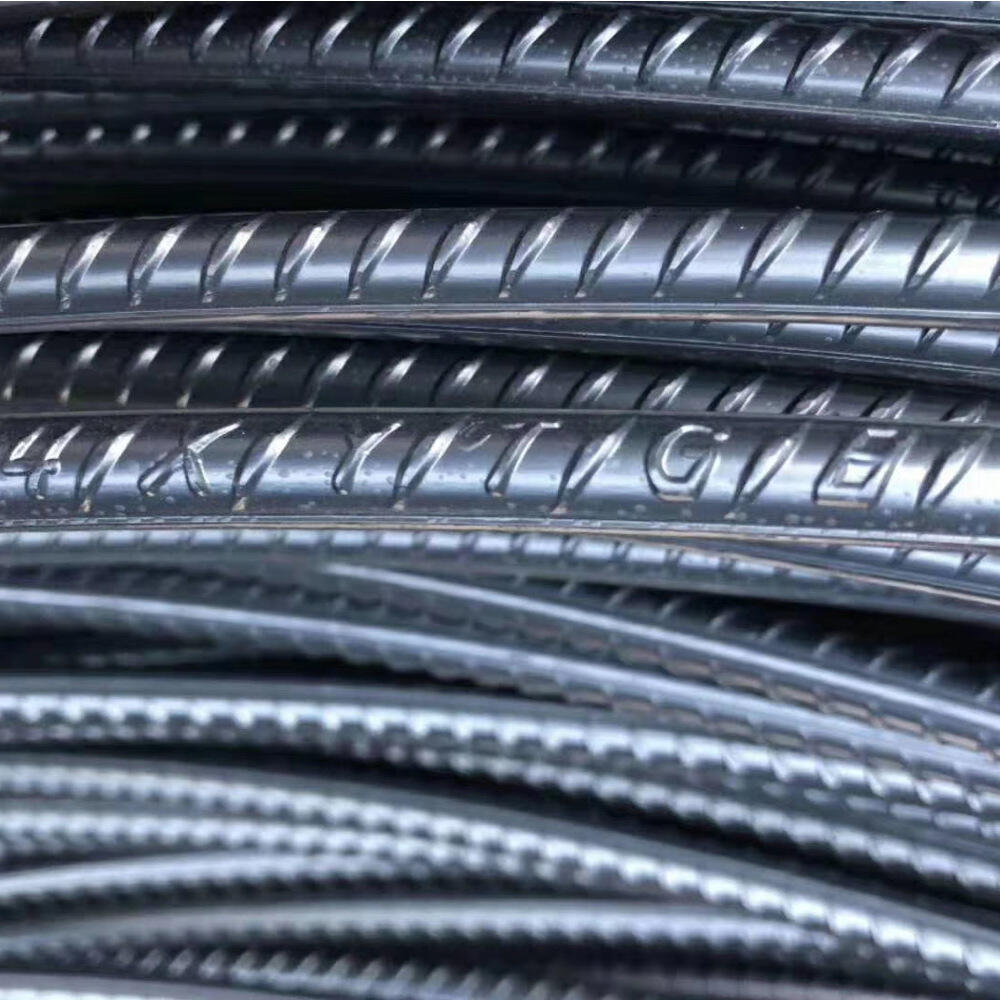In the realm of construction, the integrity and durability of structures are paramount. One of the key components that significantly contribute to the strength of any construction project is the use of steel rebars. This article delves into the essential role that steel rebars play in enhancing the structural integrity of buildings, bridges, and other constructions, ensuring that they withstand various stresses and environmental factors.
Understanding Steel Rebars
Steel rebars, or reinforcing bars, are steel rods used in concrete construction to improve tensile strength. Concrete is strong in compression but weak in tension; therefore, the addition of steel rebars helps to bridge this gap, allowing structures to withstand greater loads and resist cracking. The process of embedding steel rebars within concrete not only enhances strength but also increases the longevity of the structure.
Benefits of Using Steel Rebars
The benefits of incorporating steel rebars into construction projects are numerous. Firstly, they provide enhanced tensile strength, which is crucial for structures that are subject to dynamic loads, such as earthquakes or heavy winds. Secondly, steel rebars improve the ductility of concrete, allowing it to deform without failing. This property is particularly important in seismic regions where buildings must absorb and dissipate energy during an earthquake.
Types of Steel Rebars
There are various types of steel rebars available, each designed for specific applications. Common types include epoxy-coated rebars, which resist corrosion, and stainless steel rebars, known for their durability in harsh environments. Understanding the different types of steel rebars and their applications can help construction professionals make informed decisions that align with project requirements and environmental conditions.
Installation and Best Practices
Proper installation of steel rebars is crucial to ensure their effectiveness in reinforcing concrete structures. Best practices include ensuring adequate spacing between rebars, proper anchoring, and using the correct size and grade of rebar for the specific application. Additionally, construction teams should be aware of local building codes and standards regarding rebar usage to ensure compliance and safety.
Industry Trends and Future Outlook
As the construction industry evolves, so do the materials and techniques used. The increasing demand for sustainable construction practices has led to innovations in rebar technology, including the development of high-strength and eco-friendly rebars. Furthermore, advancements in manufacturing processes are making steel rebars more cost-effective and accessible. As we look to the future, the role of steel rebars in construction will continue to be vital, with ongoing research and development aimed at improving performance and sustainability.
In conclusion, steel rebars are an indispensable component of modern construction, enhancing the strength and durability of structures. By understanding their benefits, types, and best practices for installation, construction professionals can ensure the success of their projects while meeting the demands of an ever-evolving industry.

